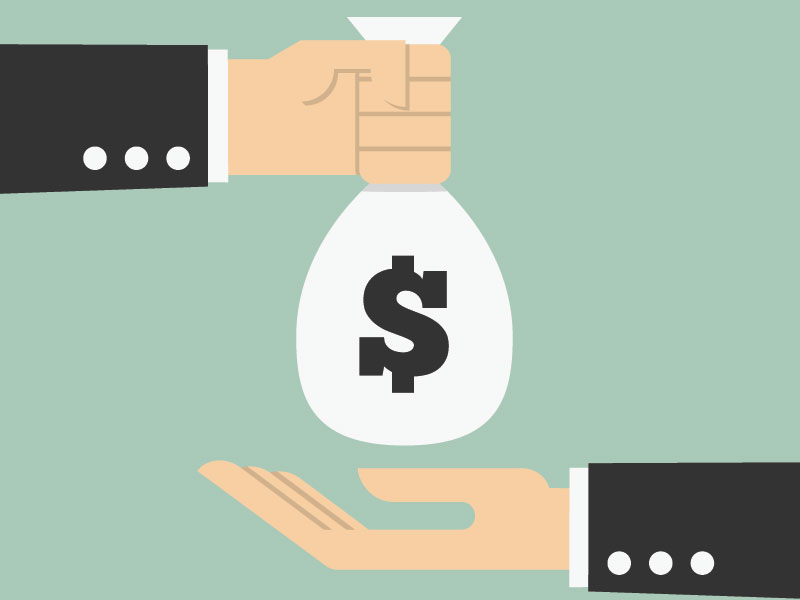
Reward programs aim to inspire advisors to achieve peak performance. However, if the programs aren’t carefully designed, they can affect performance in undesirable ways, jeopardizing client outcomes.
Retail banking offers a cautionary example. A couple of years ago, client allegations emerged in the media of strong-arm sales tactics at the big banks as employees attempted to meet their sales targets. A subsequent inquiry by the Financial Consumer Agency of Canada (FCAC) found that retail banking culture is largely focused on selling, and rewards employees for doing so. Such an environment increases the risk that clients’ interests aren’t always the top priority, the FCAC report said.
Performance management programs — including financial and non-financial incentives, sales targets and scorecards — may increase the risk of mis-selling and breaching market conduct obligations, it said, and banks should ensure incentives motivate employees to work in clients’ interests.
Gamification offers insights on how to do that. Gamification is the application of gaming elements to non-gaming contexts, such as when scores or points are applied to the workplace — be it retail sales or wealth management.
Gal Rimon, CEO and founder of New York–based Gameffective, a performance management company, said in a 2017 article that gamification should reward behaviours that breed success, not success itself. That means employees shouldn’t be rewarded for sales even when they’re primarily salespeople. By reinforcing behaviours instead, employees are empowered to reach higher levels of performance and productivity, Rimon said.
David Lewis, chief client officer at BEworks in Toronto, breaks gamification down further, saying that gaming elements provide extrinsic motivation for employees to engage in behaviours that will help them win. Ideally, those behaviours align with clients’ best interests, he says.
For example, points could be assigned to advisors as they make calls, set up meetings and take steps to develop a client’s financial plan, resulting in long-term client benefits. Clients who create plans and follow advice long term ultimately benefit the advisor and firm, he says.
Lewis warns, however, that extrinsic motivation can crowd out intrinsic motivation if a reward program is poorly designed. The result: advisors focus on winning points instead of on clients’ best interests.
“That’s the downside of gamification,” Lewis says. “The worry is that you have an advisor who is intrinsically motivated to act in the best interest of consumers, and you replace that […] with a weaker extrinsic motivation.”
As such, rewards must reinforce intrinsic motivation in addition to aligning with the long-term interests of clients, he says.
A 2018 study of U.S. advisors by Kitces Research affirms this. It found that offering too much extrinsic motivation in the form of variable compensation and bonuses, in particular, can demotivate advisors from doing their best work for clients.
The reason why is that advisors are generally an intrinsically motivated group. For example, advisor respondents to the Kitces study rated helping people and having a flexible lifestyle (intrinsic motivators) higher than income (extrinsic motivator) as their driving forces at work. In fact, one-third of advisors said performance-based pay wasn’t a motivator at all.
Further, the research found that commissions-based advisors are significantly less motivated to serve clients compared to those advisors working in an assets-based structure. “Paying advisors on commission may be crowding out what may have been the advisors’ (perhaps) original goal of serving clients,” wrote Meghaan Lurtz, senior research associate at Kitces.com.
To reinforce intrinsic motivators, specifically where a firm’s business goals are client-centric, the study suggested rewarding advisors with time off or other personally relevant rewards, which could include bonuses, depending on the advisor. Key is that advisors are rewarded for activities outside of rainmaking — activities such as winning a new client through a referral from an existing client.
Evidence of reward-program evolution in wealth management
Reward and recognition programs have been rated as relatively unimportant (relative to a firm’s other offerings) since Investment Executive began asking Brokerage Report Card respondents about them in 2014. Advisors have said that some firms’ reward programs don’t always align with what they want (some advisors said they preferred cash to other rewards), don’t reward enough advisors, or use metrics that are arbitrary or too high.
Of five full-service brokerages that Advisor.ca spoke to for this story, one firm is making changes to its reward program that align with intrinsic advisor motivation to help clients.
Until 2013, the reward program at Raymond James was solely production-based, defined as gross revenues based on an advisor’s book, says Thomas Raidl, senior vice-president, private client group, and national director, Independent Financial Services at Raymond James in Vancouver.
While production remains an important part of the firm’s points system, with metrics like “net new assets” considered a reflection of client service, the firm recognizes that basing its program on only production “could lead to some bad behaviours,” Raidl says.
As such, advisors also earn points for professional accreditations beyond regulatory registration, such as a CFP, CFA or executive MBA.
The firm is also working on adding financial plan creation to the program, “one of the more important aspects of what the advisor does,” Raidl says. “We’re starting to build our system so we can track how many plans are being done by the advisors.” He expects the metric to be implemented into the reward program within a couple of years.
At Sun Life, this is the first full year that 25% of employee bonuses will be tied to client outcomes, as well as a perception measure based on client feedback. (The incentive program doesn’t apply to the firm’s advisors, who are self-employed.)
Eric Monteiro, senior vice-president and chief client experience officer at Sun Life, says the program examines measurable “positive financial actions” for clients. Outcomes include factors such as having a financial plan, sufficient insurance and an increasing savings rate from year to year, as well as taking advantage of employer-matching programs for investments.